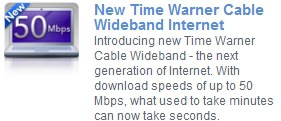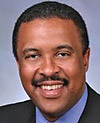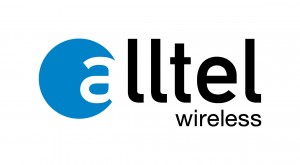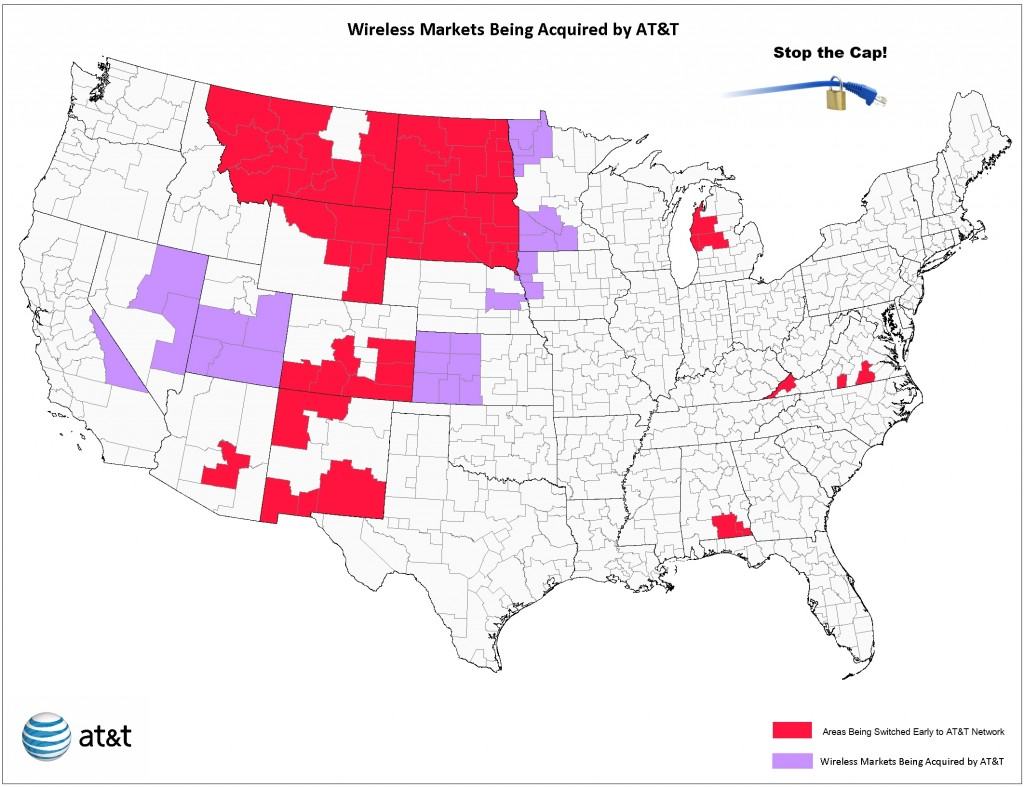 Although the price tag may be too rich for your blood, a municipally-owned utility today announced it was bringing America’s fastest broadband to residents and businesses in greater Chattanooga, Tenn., delivering 1 gigabit per second access for $350 a month.
Although the price tag may be too rich for your blood, a municipally-owned utility today announced it was bringing America’s fastest broadband to residents and businesses in greater Chattanooga, Tenn., delivering 1 gigabit per second access for $350 a month.
That’s 200 times faster than what the average American broadband consumer receives, and just a fraction of what many Chattanooga area businesses pay other providers for that level of service
“One gigabit broadband service could be compared to the introduction of electric power in the 1930’s. At that time, most people saw electricity as an alternative to the oil lamp for producing light but the larger implications were soon realized,” said Harold DePriest, president and CEO of EPB. “We believe true high-speed Internet access, to both our urban and rural areas, will make Chattanooga the frontier of a new generation of opportunity and provide our community with a platform for engineering the 21st century.”
The mega-fast fiber-to-the-home broadband comes not from a multi-billion dollar private company like AT&T, Verizon, Comcast, or Time Warner Cable, but rather a small city-owned utility that has served Chattanooga’s electricity needs since 1939.
Just over one year old, EPB Fiber Optics is the latest service from the city’s municipal utility. EPB’s fiber broadband network was built after overcoming legal actions filed to stop it by Comcast and the state’s cable lobbyist group.
Since launching service in 2009, EPB’s fiber division has won over 169,000 residents in its 600 square mile service area in Tennessee and northwest Georgia. This despite the presence of Comcast and AT&T’s U-verse operations, both competing with EPB for customers. Neither the cable or phone company comes close to matching the speeds and demand EPB has managed to achieve. In fact, AT&T’s U-verse launch week event in July was marred when an AT&T technician pepper-sprayed a local woman’s pets, and she wasn’t even a customer.
 Google acknowledged the arrival of another provider extending 1Gbps broadband to Americans, noting it is still in the process of selecting locations for its own “Think Big With a Gig” 1Gbps fiber service.
Google acknowledged the arrival of another provider extending 1Gbps broadband to Americans, noting it is still in the process of selecting locations for its own “Think Big With a Gig” 1Gbps fiber service.
“We’re excited to see enthusiasm for ultra high-speed broadband,” spokesman Dan Martin said in an e-mail statement. “It’s clear that people across the country are hungry for better and faster Internet access.” Chattanooga now joins Hong Kong and just a handful of other cities delivering gigabit broadband.
A broadband industry trade group funded by large telecommunications companies was left making excuses for EPB’s thunder-stealing announcement.
“I can’t imagine a for-profit company doing what they are doing in Chattanooga, because it’s so far ahead of where the market is,” Robert D. Atkinson, president of the Information Technology and Innovation Foundation told the New York Times.
Atkinson is closely involved with several industry backed front groups, including the Alliance for Public Technology (AT&T & Verizon) and the Internet Education Foundation (Comcast & Verizon).
The irony of a telecom industry group that supposedly celebrates broadband innovation downplaying today’s achievement by EPB was not lost on DePriest.
When the Times asked DePriest why EPB would offer such a high speed service, DePriest said, “The simple answer is because we can.”
EPB’s latest announcement throws down the gauntlet against the idea that broadband innovation comes only from large commercial telecom companies. Phone and cable operators claim their record of innovation will be harmed if municipal providers like EPB are able to offer service, claiming “private investment will dry up.”
It’s the same argument they use for deregulation and minimal oversight. Yet it was a municipally-owned provider that established a network far superior to what Comcast and AT&T have in Chattanooga, launched America’s first residential 150Mbps service, and today launched America’s first residential 1Gbps broadband service. EPB charges lower everyday prices for its bundle of TV, phone, and broadband services, too.
The cost to taxpayers? Nothing.
Local residents can’t wait to get the service.
Keith in Soddy Daisy, Tenn., commented about EPB service: “I’m still waiting on it to become available where I live. It’s getting close because I see them stringing fiber all over the place. The crazy thing is that there are people in their service footprint that only have dial-up. Can you imagine going from having dial-up to having 1 Gbps symmetrical fiber as an option?”
[flv width=”480″ height=”380″]http://www.phillipdampier.com/video/WTVC Chattanooga EPB 1GBPS 09-13-10.flv[/flv]
WTVC-TV in Chattanooga investigates EPB’s newest 1Gbps broadband service. (1 minute)


 Subscribe
Subscribe












